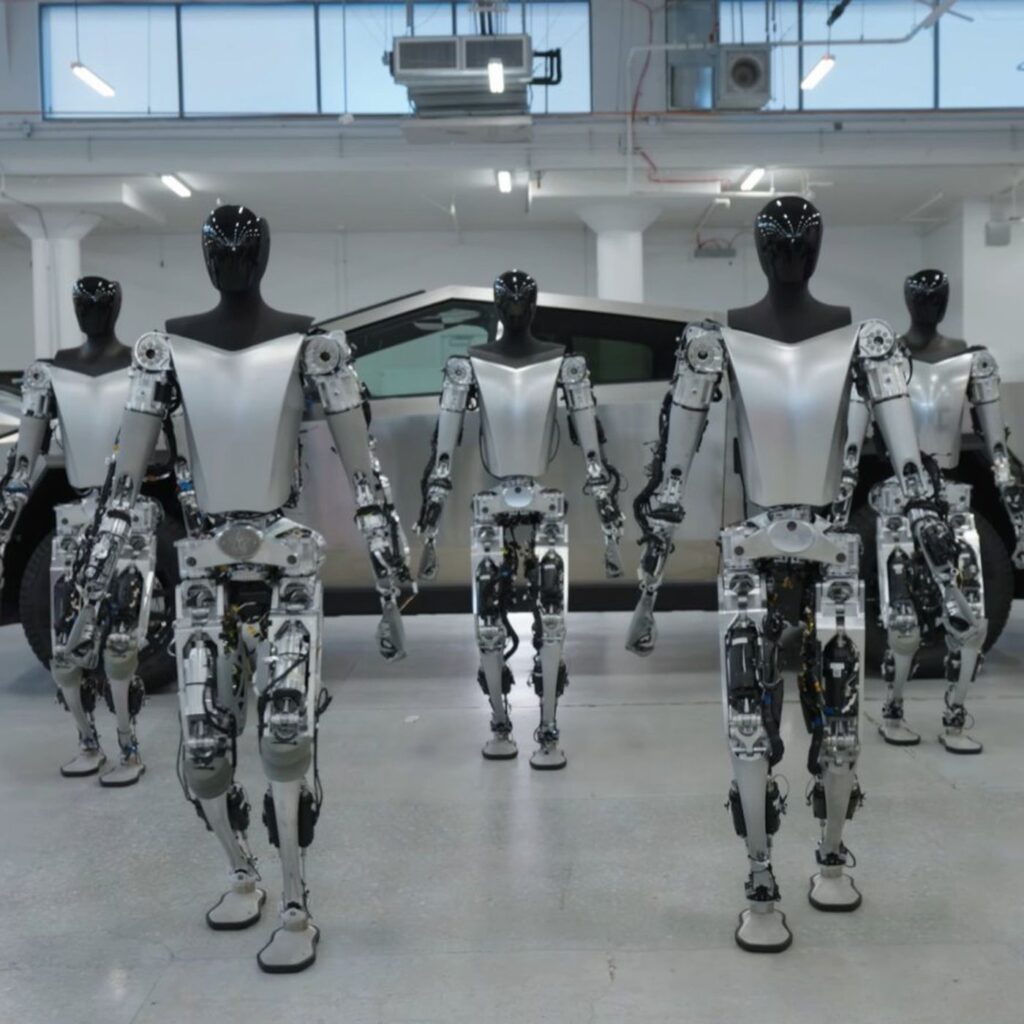Tesla’s humanoid robot Optimus has reached a new milestone, with the ability to self-calibrate its arm and leg movements for more adaptive motor controls. This improves Optimus’ versatility and dexterity for operating in diverse real-world environments.
Unveiled in late 2022, Optimus is part of Tesla’s broader effort to develop and deploy autonomous humanoid robots. The bipedal robots are intended to handle repetitive or dangerous jobs, from manufacturing to healthcare. Precise, flexible movements are critical for these applications.

Optimus’ upgraded motor controls rely on neural networks processing camera inputs to directly control limb movements in an end-to-end approach. This mimics how animal brains integrate visual perceptions into fluid, adaptive motion.
According to Tesla, neural networks paired with cameras have proven extremely effective for robotic motor control, just as they have for autonomous driving. LIDAR, RADAR and HD mapping are not required, an advantage over many competing humanoid robot designs.
The refinements allow Optimus to self-calibrate arm and leg motions, bringing its movements closer to human-level flexibility. This helps Optimus adapt to unstructured environments by manipulating objects or navigating obstacles.
By eliminating hard-coded motor controls in favor of flexible neural network-based systems, Tesla believes Optimus and future models will continue to match human capabilities in mobility, dexterity and versatility.
The improved autonomy for sorting objects is an early demonstration of Optimus’ potential. Tesla aims to rapidly enhance Optimus’ capabilities and scale production, supporting widespread adoption for multiple industries within the next few years.


